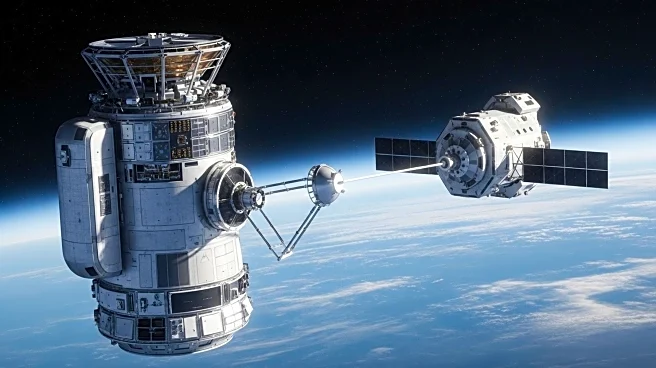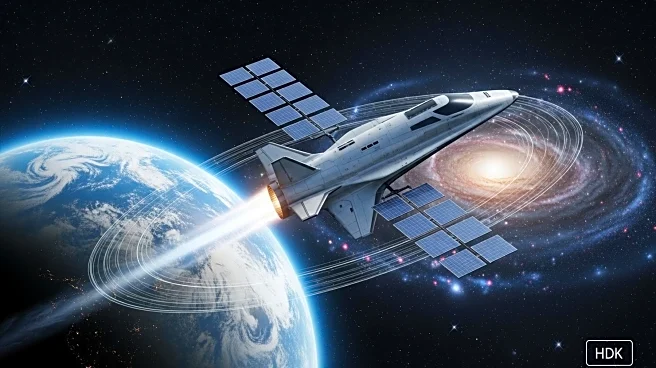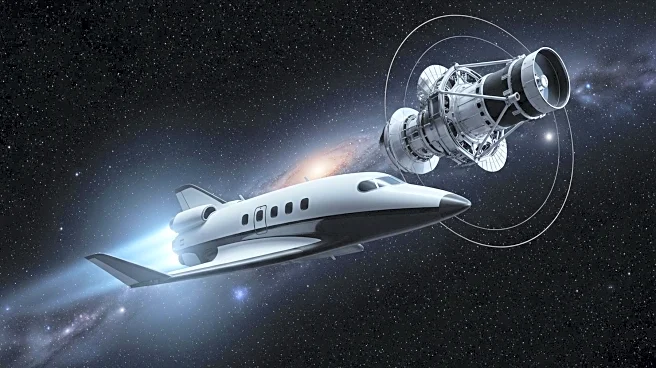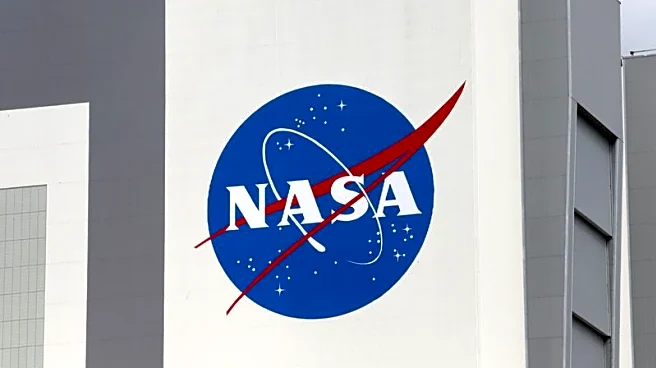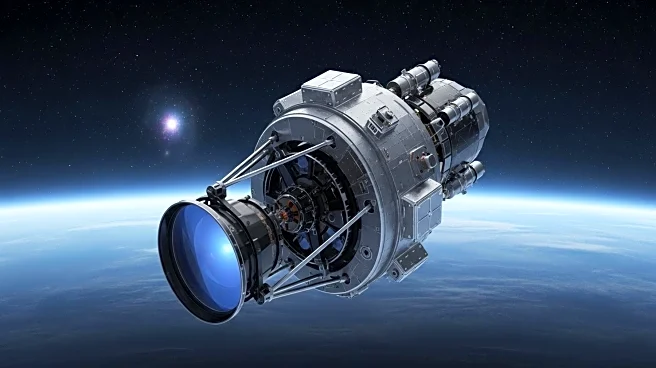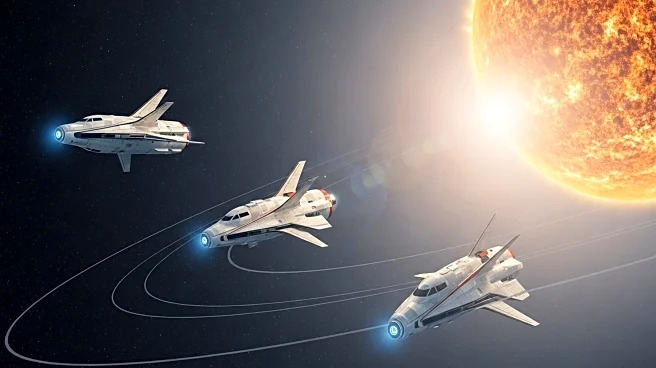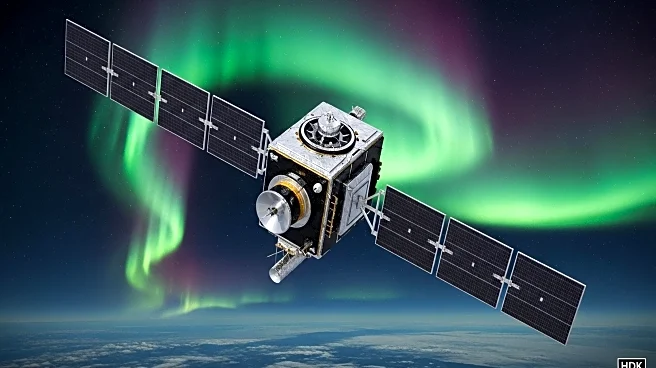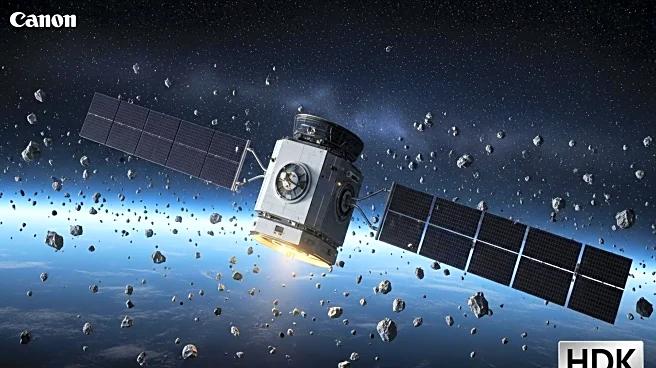What is the story about?
What's Happening?
NASA's Neil Gehrels Swift Observatory, which has been studying gamma-ray bursts from low Earth orbit since 2004, is set to receive an orbital boost from a private spacecraft in 2026. Arizona-based Katalyst Space Technologies has been contracted to build a spacecraft that will raise the altitude of Swift, countering the effects of atmospheric drag exacerbated by increased solar activity. This mission marks the first time a private spacecraft will capture and service a U.S. government satellite that was not designed for such operations.
Why It's Important?
The mission is significant as it represents a cost-effective alternative to replacing Swift's capabilities with a new mission. By extending the life of Swift, NASA can continue to gather valuable data on gamma-ray bursts, which are critical for understanding cosmic events like the deaths of massive stars and black hole mergers. This initiative also highlights the growing role of private companies in space exploration, potentially paving the way for more collaborations that extend the operational life of satellites.
What's Next?
The spacecraft is expected to launch in the spring of 2026, with the goal of rendezvousing with Swift and successfully boosting its orbit. This collaboration may lead to future opportunities for private companies to assist in extending the life of other satellites facing orbital decay, thereby enhancing the sustainability of space missions.
AI Generated Content
Do you find this article useful?
